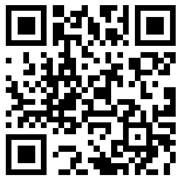Company new
Precautions for using lifting straps
Writer: 创始人 Time:2023-05-13 16:53:53
When selecting the specifications of the lifting belt, the size, weight, shape, and intended lifting method of the load to be lifted must be taken into account in the calculation. The requirements for the maximum working force must be given, and the working environment and type of load must be taken into consideration. The most common precautions to be taken are summarized below for reference
1. Scope of use of lifting belt: This lifting belt is used for general material and item lifting operations.
2. Prohibited use scope of lifting belt: lifting operations not involved in this lifting belt include: lifting personnel, potentially dangerous objects, such as molten metal, acid, glass plate, fragile objects, nuclear reactors, and lifting operations in special environments.
3. Inspection items before the first use of the lifting belt: ① The specifications of the lifting belt are consistent with the requirements on the order; ② Obtain the certificate provided by the manufacturer; ③ The name and ultimate working load marked on the lifting belt are consistent with the content on the certificate.
4. Inspection items before each use/period of use of the lifting belt: ① Before each use, the lifting belt should be checked for defects and ensure that the name and specifications of the lifting belt are correct. Unmarked or defective lifting straps should not be used; Lifting belts that are not marked or have defects should be sent to qualified departments for testing; ② During the use of lifting belts, they should be regularly checked for defects or damage, including damage covered by dirt. These concealed damages may affect the continued safe use of the lifting belt. The above inspection should be conducted on any end fittings and lifting parts connected to the lifting belt; If any situation occurs that affects the use or if the required identification is lost or unrecognizable, the use should be immediately stopped.
5. Proper selection and use regulations for lifting belts: ① When selecting and determining lifting belts, the required ultimate working load should be selected based on the method coefficient and the nature of the lifted object; The size, shape, weight, usage, working environment, and nature of the item all affect the correct selection of the lifting belt; The selected lifting belt must have sufficient strength and length for use. When using more than one lifting strap to lift an object, the specifications of each lifting strap should be exactly the same. The materials of the lifting belt should not be adversely affected by the environment or items; The end fittings and lifting devices should be matched with the lifting straps. Consider whether the terminal of the lifting belt requires end fittings or soft eyelets; ② When using a lifting strap with a soft eye, the minimum length of the lifting strap eye used to connect to the hook shall not be less than 35 times the maximum thickness at the point of force on the hook, and in any case, the angle formed by the lifting strap eye shall not exceed 20 °; ③ When connecting a lifting belt with a soft eye to the lifting device, the part of the lifting device that exerts force on the lifting belt should be basically straight, unless the width of the load-bearing part of the lifting belt is less than 75mm. In this case, the curvature radius of the lifting device connection is at least 075 times the width of the load-bearing part of the lifting belt.
PRODUCT CATEGORY
NEWS
CONTACT US
Skype: skype
Phone: 13930802535
Tel: 0312-8151991
Email:yjl@fanggonglifting.com sales@fanggonglifting.com
Add: Donglv Development Zone,Baoding City,Hebei Provice,China
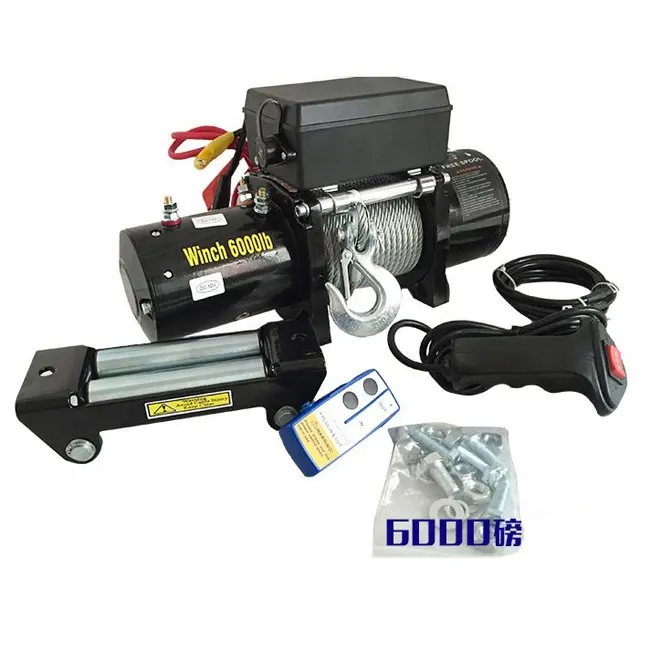
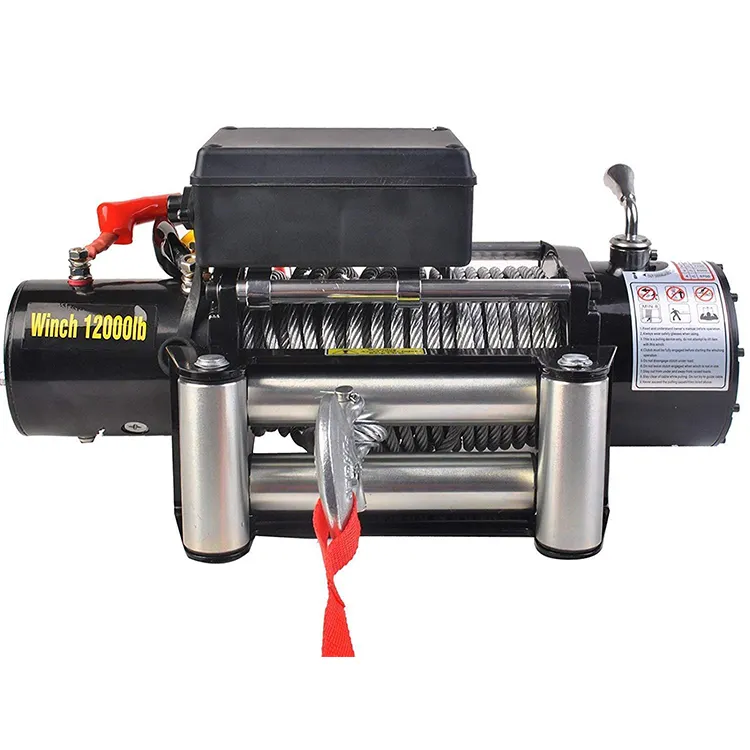
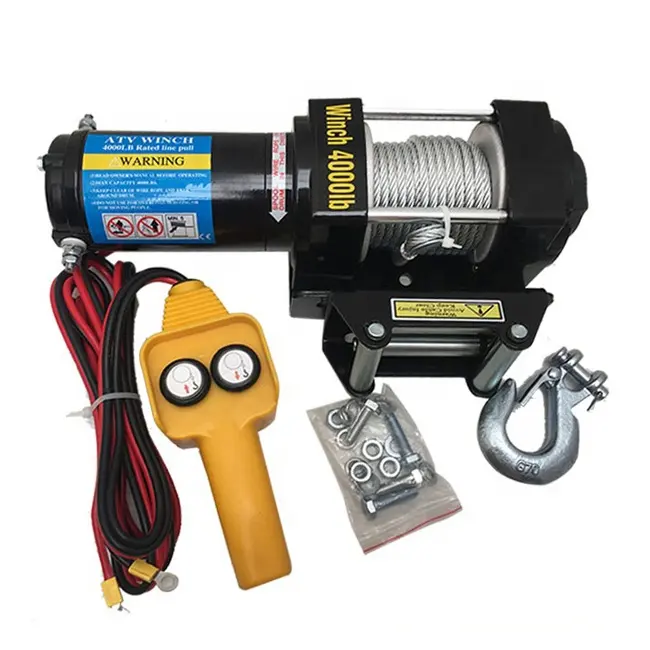
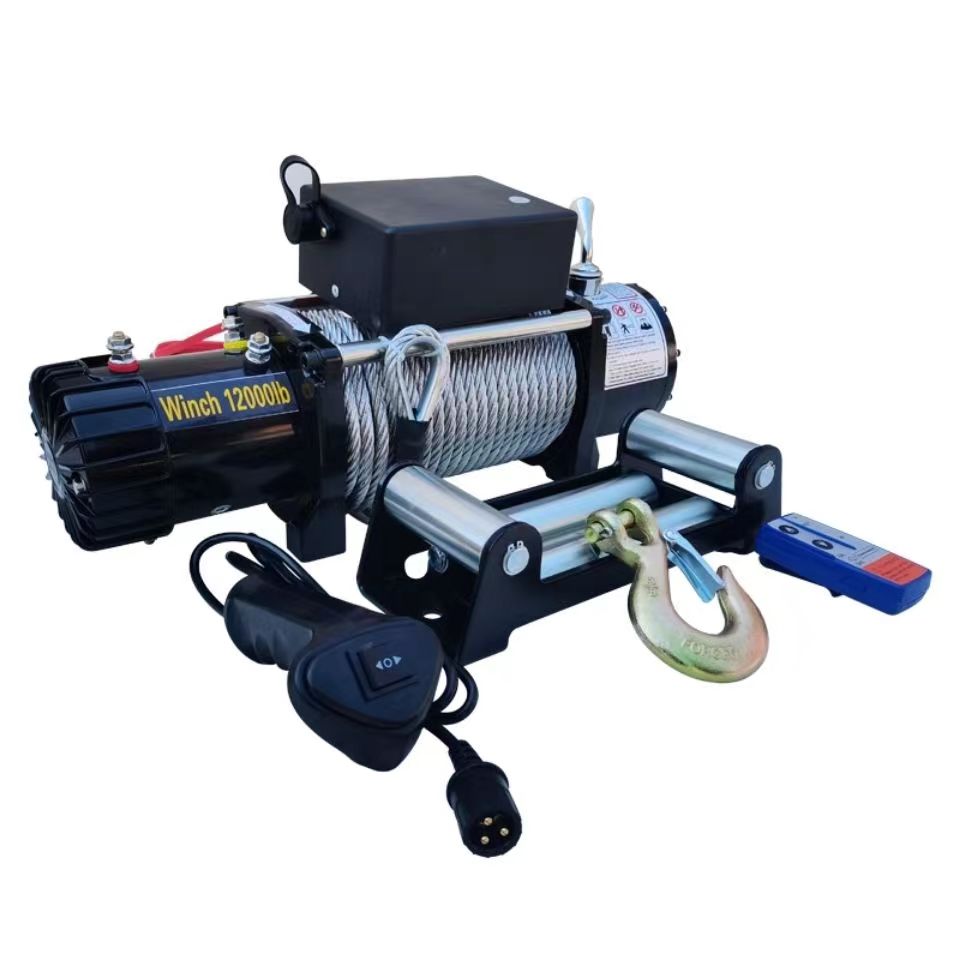
 1948407689
1948407689
